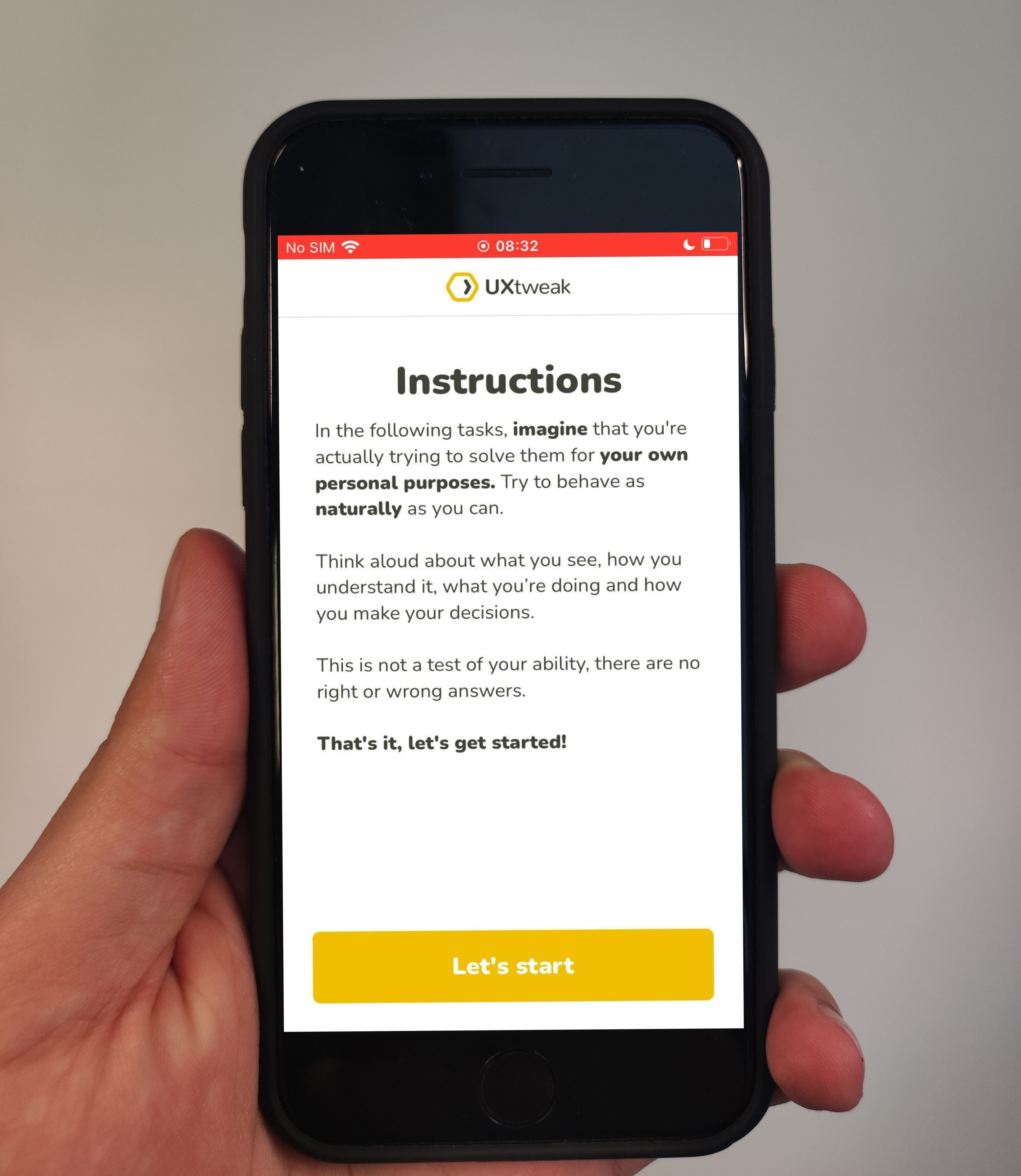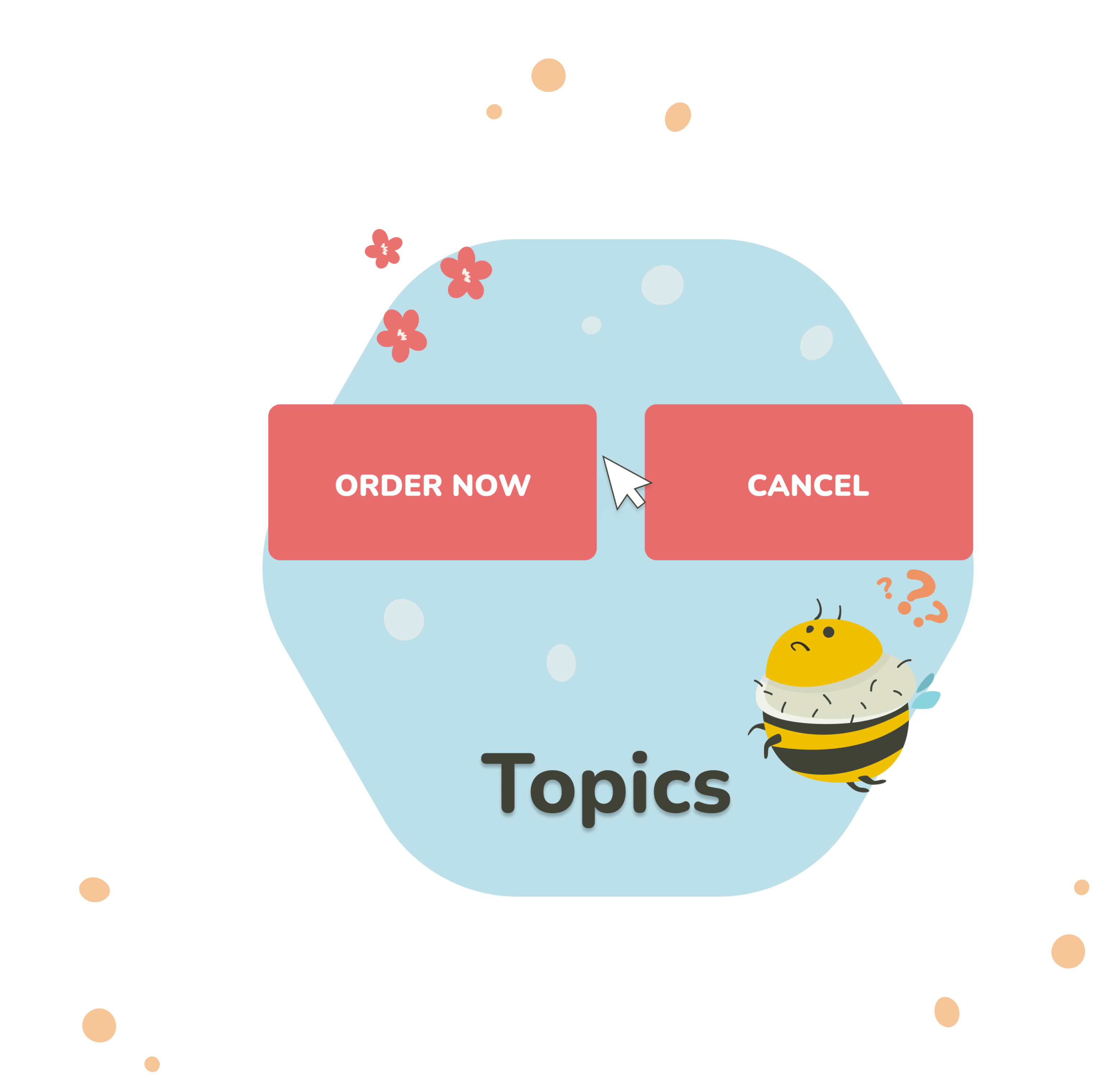Customer feedback serves as a valuable source of information, enabling companies to establish a feedback loop, improve their products, enhance customer satisfaction, and gain a competitive edge.
In this guide, we will explore the various types of customer feedback, the importance of collecting it, when and how to gather feedback, and the tools and methods available for effective feedback collection.
Get ready to embark on a journey that will help you uncover the power of customer feedback. Let’s get started!⬇️
What is customer feedback?
Customer feedback describes all opinions, comments, and suggestions that customers share about your product, service or brand in general. This information can be provided in the form of reviews, customer satisfaction surveys, interactions with the support team or direct communication with customers.
Customer feedback is an essential part of running a successful company as it allows teams to get a better understanding of customer’s satisfaction and preferences, as well as uncover areas of improvement for the product.
Types of customer feedback

There are 2 main types of customer feedback that you, as a company, can obtain. They both differ in the level of initiation, their structure and methods of data collection. Let’s take a look at what makes them different.
Direct feedback
Direct customer feedback, also known as solicited feedback, is the one that is actively sought or requested by a company. To simplify it even more, every time you’re asking your customers to share their opinion about something, you’re seeking direct feedback.
This type of feedback is usually collected by sending out surveys, organizing focus groups and 1:1 interviews. Direct feedback is usually planned out and structured towards a specific goal.
Researchers, CX and product managers prepare the questions for collecting direct feedback beforehand and base them on a specific problem statement or certain information they’d like to find out.
Indirect feedback
Indirect customer feedback, also known as unsolicited feedback, is given voluntarily by customers, based on their own initiative. This type of feedback usually comes in the form of customer reviews, support tickets, bug reports, social media posts etc.
Indirect feedback is spontaneous, genuine and valuable to look into, as it often helps to uncover hidden problems about the product, which were not pointed out during a usability test, for example.
By providing their indirect feedback customers have an opportunity to share their honest opinions about your product, what bothers them and what they wish could be improved.
This type of feedback is not always positive and can sometimes knock you off for a minute by uncovering a complaint about something you didn’t think could be a problem. However, this is also one of the most valuable types of feedback a company can receive. Indirect feedback provides an unfiltered glimpse into the customers’ genuine experiences and perceptions. It allows companies to uncover blind spots or issues that may have gone unnoticed.
Why is customer feedback important?

Customer feedback collection is essential for building any successful modern product. It allows teams to get to know their customers better, uncover their hidden needs, pain points and learn more about their opinions.
Knowing what your customers think about the product, what they like and dislike about it gives you an opportunity to introduce a customer-centric approach to any product changes and fine-tune it to its finest version.
Here are some of the main benefits of collecting customer feedback:
- Product improvement: as already mentioned before, customer feedback can drive product improvement, helps to inform design decisions and pinpoint what features need to be added or fixed. It’s an ultimate way to get direct feedback from customers and base your product improvements upon it.
- Customer satisfaction and loyalty: Actively seeking and addressing customer feedback demonstrates a commitment to customer satisfaction. Seeing that their opinion matters, makes customers feel heard and appreciated and, therefore, fosters a positive relationship between them and the company. This, in its turn, can lead to increased customer loyalty and retention.
- Competitive advantage: actively listening to customer feedback can help to uncover unique insights and give a competitive edge. By constantly improving your product, you are showing that your customers are your top priority, which builds you a great reputation, encourages positive word of mouth and brings new customers.
When to collect customer feedback?

There are specific stages in the customer journey when collecting their feedback is simply essential and can bring the most insights.
After a product or service purchase
Collecting customer feedback right after the purchase can help you get a better understanding of overall customer experience, their first impressions of the product or service and the website. It’s the perfect time to ask how satisfied they are with their experience, and what could’ve been done better.
This type of feedback is usually collected shortly after the purchase has been made, meaning the experience is still fresh in the customer’s head. If they’ve had any frustrations or for some reason were not satisfied with the experience and service provided they’re likely to share these thoughts with you.
At this stage you can collect feedback by sending Customer Satisfaction surveys, post-purchase surveys, NPS surveys, or via handy website widgets and survey popups.
After downgrading a subscription plan
The downgrade of a subscription plan almost always has reasons behind it and your job here is to find out what they are. This feedback can uncover specific features or pricing concerns and provide insights to prevent future downgrades.
Talk to the customers and find out the reasons behind this decision. This can be done by sending out personalized exit surveys or conducting 1:1 interviews.
After canceling an account
Seeing somebody downgrading their account already is painful, but it’s nothing compared to them canceling the subscription. When customers take such radical actions, we can use these opportunities as critical moments for feedback collection and understanding their reasons.
Did they change to one of your competitors’ products? What made them do so? Which ones of their needs were not satisfied and how could you prevent it?
This feedback can highlight pain points, unmet expectations, or competitive advantages of rival products. It also gives you an opportunity to learn from the experience and address issues to retain future customers.
In this case, exit surveys are, once again, a great way to find out what happened.
After seeking support
To constantly improve the quality of the support you provide, it’s important to collect feedback after customer’s interactions with the support team. This can help to find out if their issues are being solved effectively and evaluate the quality of the provided help.
Reach out to your customers with the post-support survey asking to share their experience and rate the quality of your assistance. If you’re using live chat as one of your support channels, review and analyze its transcripts to identify recurring themes, common pain points, and areas where the support experience can be enhanced.
Analyzing your support tickets is a great way to uncover hidden issues with your product and identify areas of improvement that need to be prioritized.
Regular customer feedback collection
Customer feedback collection should be an ongoing process. Proactively seeking and responding to feedback in a transparent and customer-centric manner can enhance the company’s image, instill trust, and generate positive word-of-mouth.
Conduct regular preventive checks of your product with the help of usability tests, monitor what people have to say about you on social media and review platforms, send out surveys and feedback forms to always be aware of what customers think of your product.
How to collect customer feedback?

There are 6 common ways how you can obtain feedback from your customers:
1.) Customer Feedback Surveys
Due to their adaptability and responsiveness, surveys are one of the most often used methods of gathering customer feedback. It’s a quick and efficient research technique that can assist you in getting both qualitative and quantitative insights.
Modern survey tools offer endless possibilities for customization and allow you to create questionnaires with various question types, from multiple choice to rating scales, NPS and CSAT. They are also easy to distribute and can be completed in the matter of minutes.
However, because surveys frequently lack depth and context and may be vulnerable to response bias, they may not be the ideal choice for complicated research topics.
Some of the most popular types of surveys used to collect customer feedback are: post-purchase surveys, exit surveys, Net Promoter Score and Customer Satisfaction Score surveys.
2.) In-app Surveys and Polls
Another way of collecting customer feedback through surveys is implementing them directly within your website or app. This allows for quick and effortless real-time feedback collection that still provides valuable insight on the level of customer satisfaction.
In-app polls and surveys are usually integrated into the UI and can be activated in response to certain user activities, such as when a user completes a certain action or is ready to leave a page or feature.
You could’ve seen them on websites of some of your favorite companies in the form of popup surveys, rating scales etc. They help to prompt users with targeted questions at specific touchpoints to capture their immediate impressions and genuine experiences.
However, keep in mind that such widgets should be designed wisely, in order to not annoy the customer and avoid disrupting the user experience.
3.) Usability testing
Usability testing is a user feedback collection method based on giving your users tasks to perform with the product and watching them do it. It’s an easy method to find out how customers interact with your digital product, what frustrates or confuses them and what areas could be improved for better user experience.
By analyzing the results of a usability test, pinpointing issues and fine-tuning your product’s UX, you’re inevitably upgrading the customer experience as well.
That’s why it’s important to know how customers use your product to achieve their goals and what could be done to make this process easier for them.
UXtweak offers tools to test usability of your digital products from prototypes to production! You can test your design prototypes, demo versions of mobile apps and websites, as well as already launched products or competitors’ websites.
Try UXtweak’s Usability Testing Tool as a respondent in these demos:
4.) Customer Interviews with a focus group
Interviews are a great way of initiating in-depth discussions and getting more context on how customers perceive your product as well as their honest opinions. Conducting them in a focus group allows you to gain deeper insights into customers’ motivations, preferences, and pain points.
They are particularly useful for exploring new ideas, gathering detailed feedback, and uncovering unmet needs.
Organizing interviews, especially focus groups, can be expensive, but most of the time the knowledge gained from them is entirely worthwhile. Focus on open-ended questions that encourage participants to think and speak freely when preparing for your interview. Make an effort to be unbiased, and make sure a professional researcher moderates your interview.
5.) Implicit feedback with customer analytics
Incorporating analytics as one of your customer feedback collection methods is an easy way to learn more about their behavior.
Session Replay Tools like UXtweak and Web Analytics tools like Google Analytics can help you to analyze user behavior patterns, session recordings, heatmaps, and click-through rates and understand how customers engage with your product.
This data can reveal usage patterns, popular features, and areas where users may encounter difficulties.
Learn more about User Behavior: How to track it on Your Website.
6.) Social media listening
Last but not least, monitor what people have to say about your product on social media. This is originally a place for them to share their opinions, as well as leave feedback and address issues to certain companies.
Define what social media platforms are popular among your customers and keep an eye on all the mentions and comments that come your way. This is also a place where some people seek support so being in time to help them solve their issues is crucial.
Additionally, social media listening tools can help track sentiment, identify trends, and gather implicit feedback from the public.
Conclusion
Customer feedback is a goldmine of valuable insights when it comes to shaping the future of your business. By actively seeking and listening to your customers’ opinions, you demonstrate your commitment to delivering exceptional products and services.
Whether it’s through direct feedback obtained from surveys and interviews or indirect feedback garnered from reviews and social media, every piece of customer feedback provides an opportunity for growth and improvement.
Remember to always collect feedback at critical touch points throughout the customer journey and make it an ongoing process.
➡️To do so, register for your free UXtweak account and start collecting Customer Feedback today! Design surveys, conduct usability tests and get direct feedback from customers on what they think about your product!



